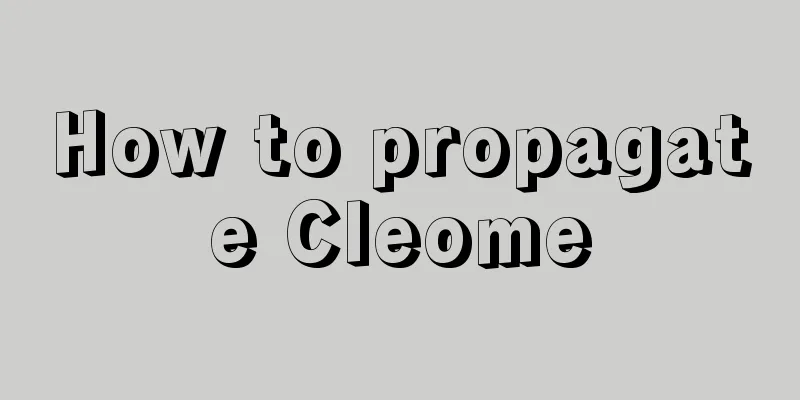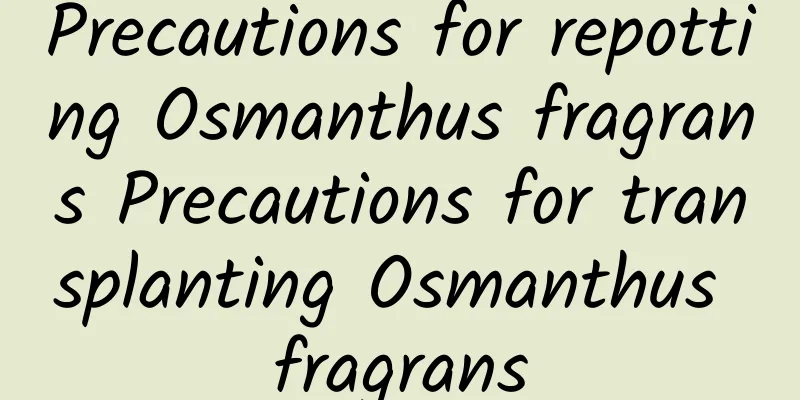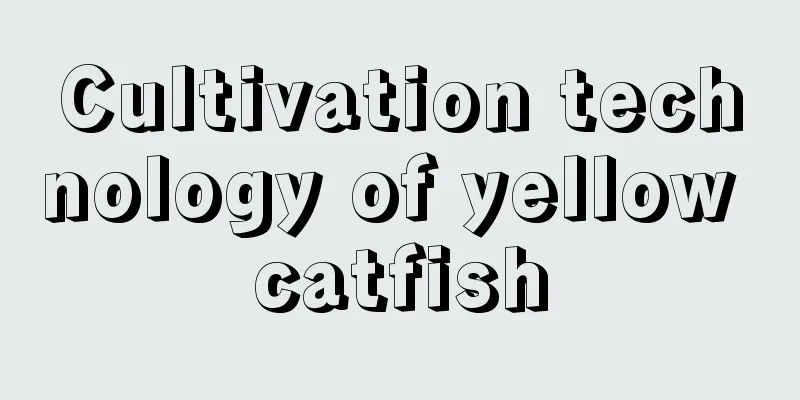How to propagate Cleome

Cutting mediumIt is the nutrient soil or river sand, peat soil and other materials used for cuttings. Due to limited conditions, it is difficult to get an ideal cutting medium for home cuttings. It is recommended to use a prepared and sterilized cutting medium. Medium-coarse river sand can also be used, but it must be rinsed with clean water several times before use. Do not use sea sand or river sand from saline-alkali areas as they are not suitable for the growth of flowers and plants. The branches used for cuttings are called cuttings. Usually combined with the pinching work, the picked strong, disease-free and insect-free tops are used as cuttings, and the tops are directly used for cuttings. Cutting temperatureThe optimum temperature for rooting of cuttings is 18℃-25℃. Below 18℃, rooting of cuttings is difficult and slow; above 25℃, the cut ends of cuttings are easily infected by pathogens and rot, and the higher the temperature, the greater the proportion of rot. When encountering low temperatures after cuttings, the main insulation measure is to wrap the flower pots or containers used for cuttings with film; when the temperature is too high after cuttings, the main cooling measure is to shade the cuttings, blocking 50-80% of the sunlight, and at the same time, spray the cuttings 3-5 times a day. On sunny days with higher temperatures, the number of sprays is more, and on rainy days with lower temperatures and higher temperatures, the number of sprays is reduced or no spraying is performed. Cutting maintenanceAfter cuttings, the relative humidity of the air must be maintained at 75-85%. You can increase the humidity by spraying the cuttings 1-3 times a day. The higher the temperature on sunny days, the more times you spray. The lower the temperature on rainy days, the less often you spray or you don’t spray at all. However, if you spray too much, the cuttings will easily be infected by pathogens and rot, because many types of pathogens exist in water. Cutting propagation cannot be separated from sunlight. However, the stronger the light, the higher the temperature inside the cuttings, the more vigorous the transpiration of the cuttings, the more water is consumed, which is not conducive to the survival of the cuttings. Therefore, after cuttings, 50-80% of the sunlight must be blocked. After the roots grow out, the shading net can be gradually removed: on sunny days, remove the shading net at 4:00 p.m. every day, and cover it before 9:00 am the next day. |
>>: When to sow butterfly flowers
Recommend
How to grow bonsai
1. Proper watering When growing bonsai, most flow...
What to do if the leaves of Cineraria turn yellow
Yellowing of Cineraria Leaves – Boron Deficiency ...
The difference between Impatiens and Camellia Impatiens
1. Different varieties Impatiens includes the spe...
Does the small-leaved red nanmu like water? Is it a water-loving plant?
Does Red Phoebe like water? Small-leaved red nanm...
Which type of foliar fertilizer is best for rice?
Rice is one of the crops that requires more ferti...
Treatment of black rot of Silent Night
Causes of Silent Night Black Rot Black rot Black ...
Is Stone Lotus poisonous?
1. Is it toxic? Don't worry, this plant is no...
Price of dogbane tea
1. Price The price of Luobu Ma tea often changes,...
How to grow moss and how to make your own moss at home
1. How to reproduce moss Spore reproduction: Moss...
Does Endless Summer Hydrangea prefer shade or sun?
Does Endless Summer Hydrangea prefer shade or sun...
How to cultivate the dripping guanyin, pictures of dripping guanyin
1. Breeding methods 1. Soil: It likes soil with g...
Winter meat breeding methods and precautions
1. Growing succulents in winter - keeping warm Wh...
Goose breeding technology and feeding management
In the goose farming industry, understanding the ...
How to graft Ficus ginseng
Grafting of Ficus ginseng There are two methods o...
What is coconut bran?
Coconut peat introduction Coconut bran refers to ...









